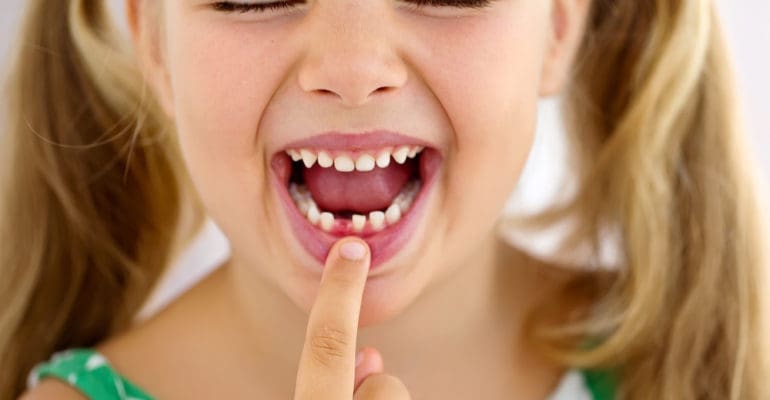At some point as a child, you may have come across the concept of the Tooth Fairy. She’s featured in fairy tails, cartoons, and even movies, but where did the Tooth Fairy really come from, and why does she always want to get a hold of your teeth? The history behind the Tooth Fairy doesn’t just come from one moment in time nor did she originate from one central location.
Discover how the Tooth Fairy came about and became a cultural phenomenon that resonates in the modern world.
What Is a Tooth Fairy?
In American culture, many people believe that the Tooth Fairy is a female with wings. When a child’s tooth falls out of their mouth, legend has it that Tooth Fairy takes flight to pay a visit to the child to collect the tooth while leaving her money underneath his pillow. The concept of the Tooth Fairy came about in the 20th century, but many of its roots can trace back to other traditions borrowed from other cultures.
It’s All Connected to Tall Tooth Tales, Religion and Culture
The myth of the Tooth Fairy is an evolution of other tooth-related beliefs that date back to ancient times. While the Tooth Fairy may be a more recent tale than other myths, she can be traced to the traditions of the Norse and Europeans. In different parts of the world, the story behind the Tooth Fairy goes a little bit differently.
For example, in the early days of the Vikings there was no pillow for the child to put their teeth under, but, if they did lose a tooth, the elders would give them currency for it. The main reason for this was that they believed that a child’s young tooth would bring them luck and good fortune on the battlefield.
In Europe’s Medieval times, it was common practice to burn the tooth or destroy it if it fell out. During this time, they believed that if a witch were to get a hold of your tooth, they would then have the power to control you.
How People Celebrate the Tooth Fairy Across the Globe
Today, people celebrate the Tooth Fairy in different ways. Here are some unique ways people celebrate the Tooth Fairy around the world:
- Tossing the Tooth. Instead of putting the tooth underneath a pillow, many individuals in Asia, such as Vietnam, India, China, Korea and Japan toss their teeth either to the top of their roofs or to their floors, depending on where the tooth falls from. Tossing the teeth is also a tradition that dates as far back as the 13th century in Middle Eastern countries such as Jordan, Egypt, and Iraq. This tossing of the tooth action is also sometimes followed by a request that includes a shout for filling the missing tooth with a replacement from a mouse. The concept behind this is that mice have ever-growing teeth, so replacing your missing tooth with one that will keep growing means you can relax if your permanent teeth ever get knocked out.
- Put It in a Slipper. In South Africa, missing teeth go into slippers. Instead of a person or pixie with wings coming to collect the tooth, a magical mouse comes to take the missing teeth from the slipper and replace it with a gift.
- Set Your Tooth Bedside in a Box. In Mexico, people place the tooth next to the bed in a small box. Tradition has it that El Raton, a magical mouse, comes to take the tooth and leave money behind for the child.
- Put It in a Glass. Kids in Argentina leave their missing teeth in a glass next to their beds in hopes that they’ll receive candy or coins in its place.
- Bury It. In Afghanistan, children bury missing teeth in mouse holes. In Turkey, where parents bury their children’s teeth has everything to do with their wishes for their child’s success in the future. For instance, if parents want their children to be successful soccer players, it’s not unusual for them to bury their child’s teeth in a soccer field. Mongolians also bury their children’s fallen teeth by trees in hopes of strong roots that secure the next tooth that grows in.
- Wrap It in Bread. People wrap lost teeth in bread in Kyrgyzstan.
- Feed It to a Dog. It’s not unusual to wrap your child’s missing tooth in fat for Fido to snack on in Mongolia, too. The thought behind this is that their children’s teeth will be as strong as dog teeth.










